You want fun? Come to next year's SubFest and run around the pond/pool with David. That is a hoot! Even if you do not run a sub, the camaraderie and putting faces to names is worth the ticket. I can die tomorrow and I will have a smile on my face for attending Subfest 2021. Meeting David, Ken, Steve, Bob, Nathan, Warren, Casey, Erik, and the list goes on was one of the best parts.
Maybe we can get a Texas run soon?
Anyways, carry on and keep surfacing.
Maybe we can get a Texas run soon?
Anyways, carry on and keep surfacing.






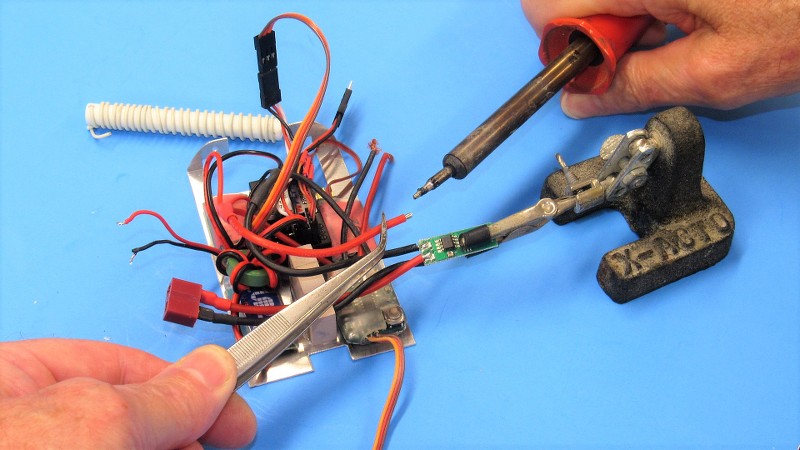


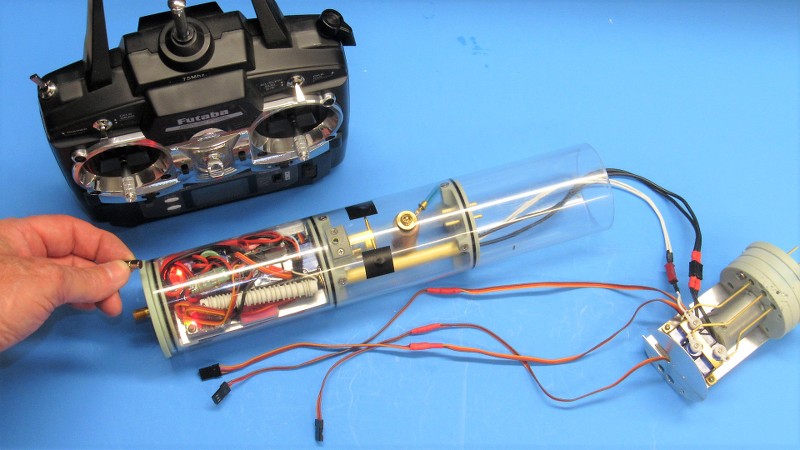
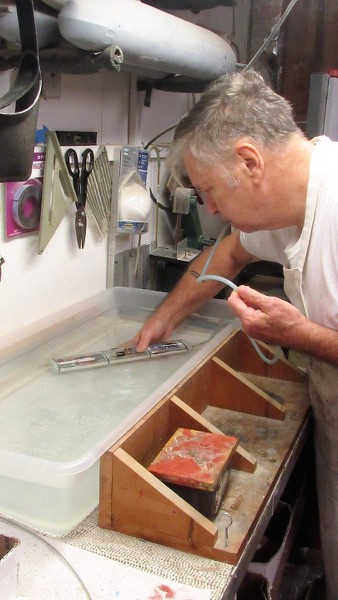
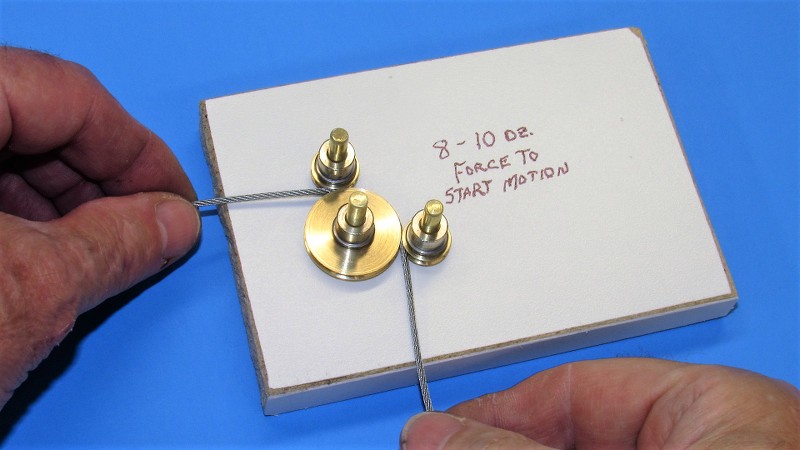

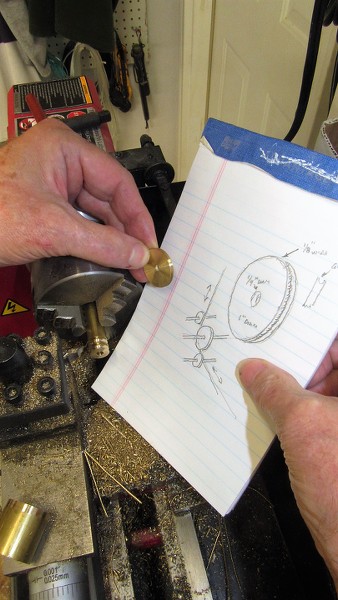
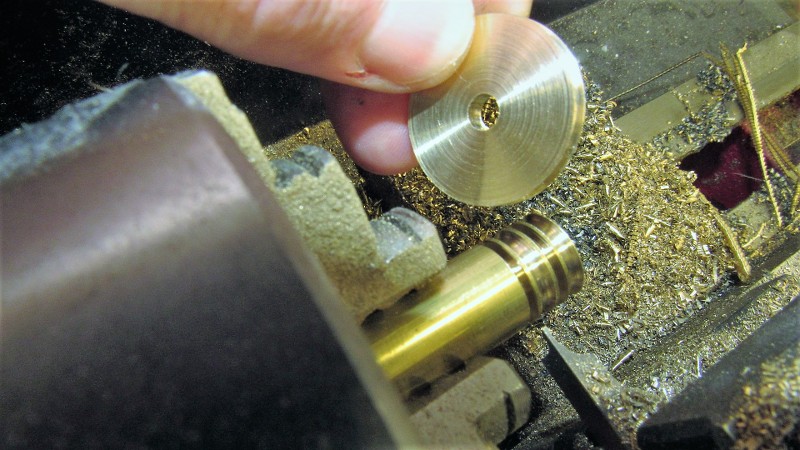
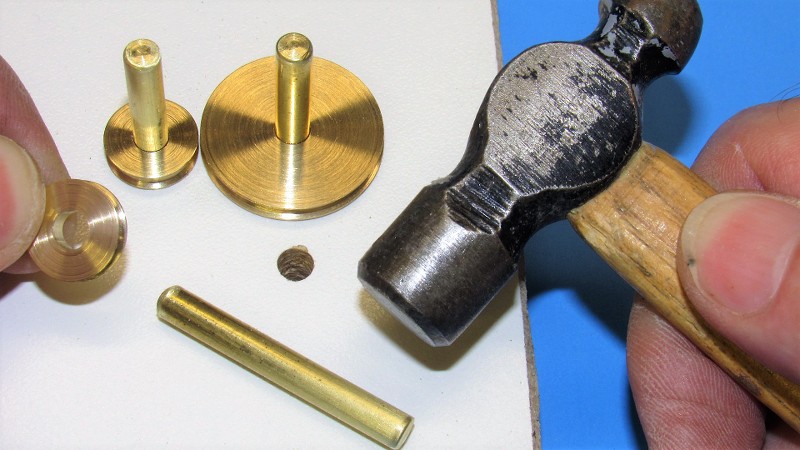
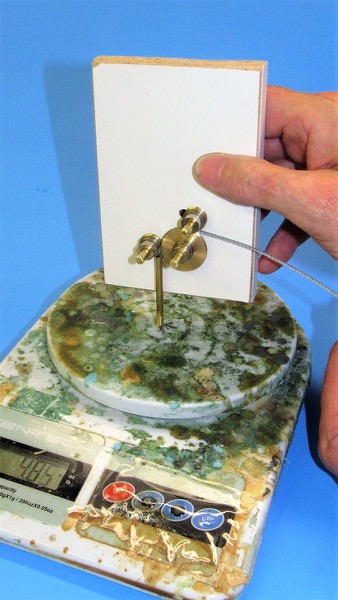


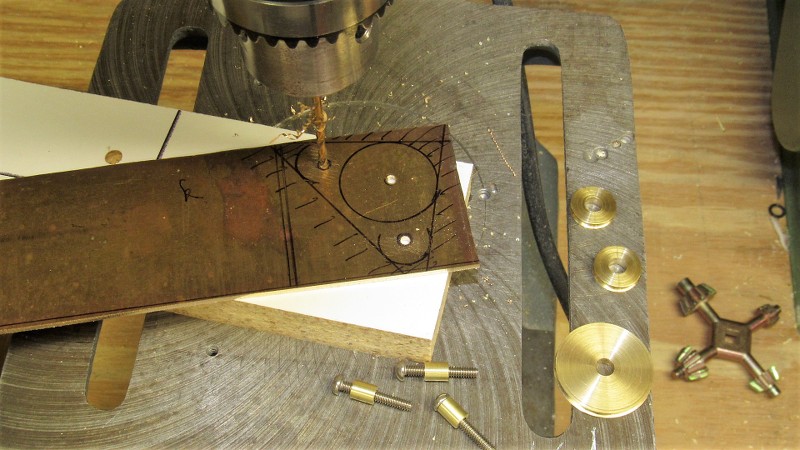


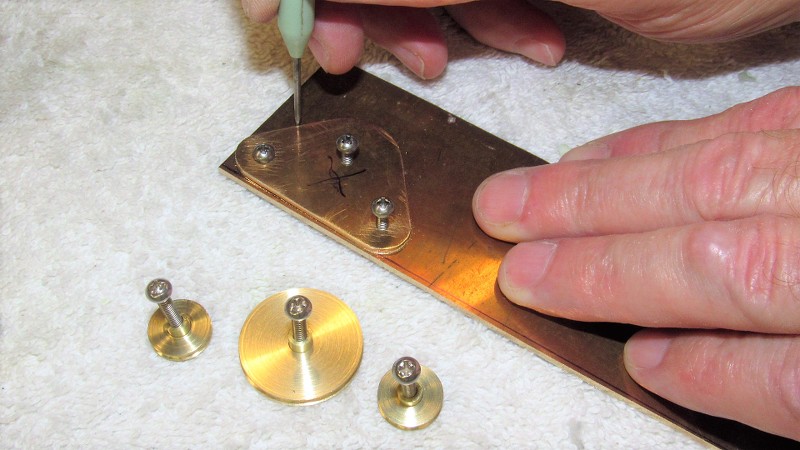
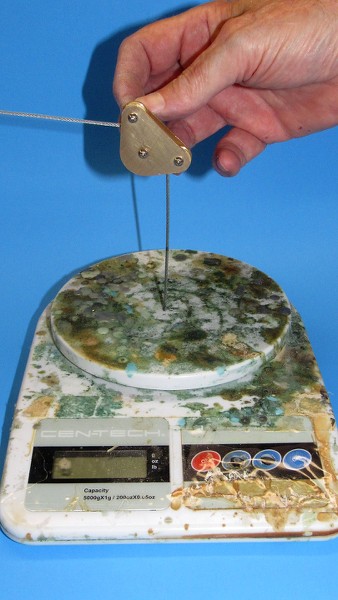
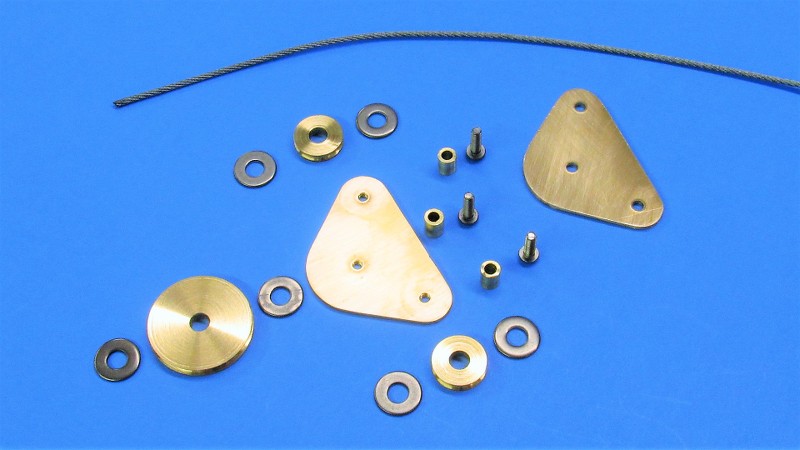





Comment